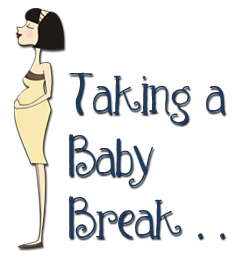
In Australia, until very recently we were lagging way behind the rest of the developed world in terms of how much maternity pay mothers were entitled to, and the length of time they were able to take off work. Very recently the legislation has changed, but how does Australia compare to the rest of the world?
The New Australian Scheme
Australia’s Paid Parental Leave Scheme came into force on 1 January 2011. The legislation was designed to pull Australia into line with the rest of the developed world and support families with the financial burden of having a baby. To qualify, the mother has to have been working for 10 months out of the 13 before the baby is born. Payments last for 18 weeks, and are calculated at the national minimum wage rates.
Many employers top up maternity benefits and offer additional money on top of what the government pays. Mothers who are not eligible for the new Paid Parental Leave scheme may qualify instead for the Baby Bonus payment. The entitlement to return to work in the same job after 12 months is unchanged. Although the new Australian legislation is a massive step in the right direction when it comes to supporting families with new babies, we still lag behind several other countries in terms of maternity provision.
The Rest of the World – Best Maternity Payment Provision
The vast majority of governments in the world pay between 10 and 20 weeks maternity pay to new mothers. Only 4 pay none at all, and less than 20 countries pay more than 20 weeks wages. Any payments made by governments are usually above and beyond any arrangements which the mother has with her employer. Employers often offer attractive maternity provisions in the hope of retaining the mother as an employee once her baby is old enough for her to return to work.
Scandinavia, unsurprisingly, leads the way when it comes to protecting the employment rights of new mothers. Denmark gives 52 weeks paid leave at full salary, and allows the parents to split the leave between them as they see fit. Norway pays 56 weeks at 80% of salary and in Sweden mothers get 16 months at 77% of salary.
These countries also tend to have generous paternity payment schemes, and allow parents to divide the total leave between them as they see fit. Before we all up sticks and travel half way around the world to have our babies in Norway or Sweden though, it’s important to realize that these countries typically have much higher income tax rates to fund these payments to new mothers.
And the Worst?
If you asked a sample of mothers around the world to name the sorts of countries in the world with the worst maternity pay rates, chances are you would get a variety of replies stating impoverished countries in Africa or South America. In fact, the country with the poorest maternity leave provision in the world is the United States.
American mothers are entitled to 12 weeks away from work after the birth of a baby, but this leave is unpaid. Some states are starting to introduce their own laws to make maternity pay, but when you compare the 6 weeks’ pay at 55% of salary which California offers to the year at full salary of Denmark, the efforts seem somewhat half-hearted. The only other countries which do not give women any maternity pay at all are Papua New Guinea, Swaziland and Liberia.
